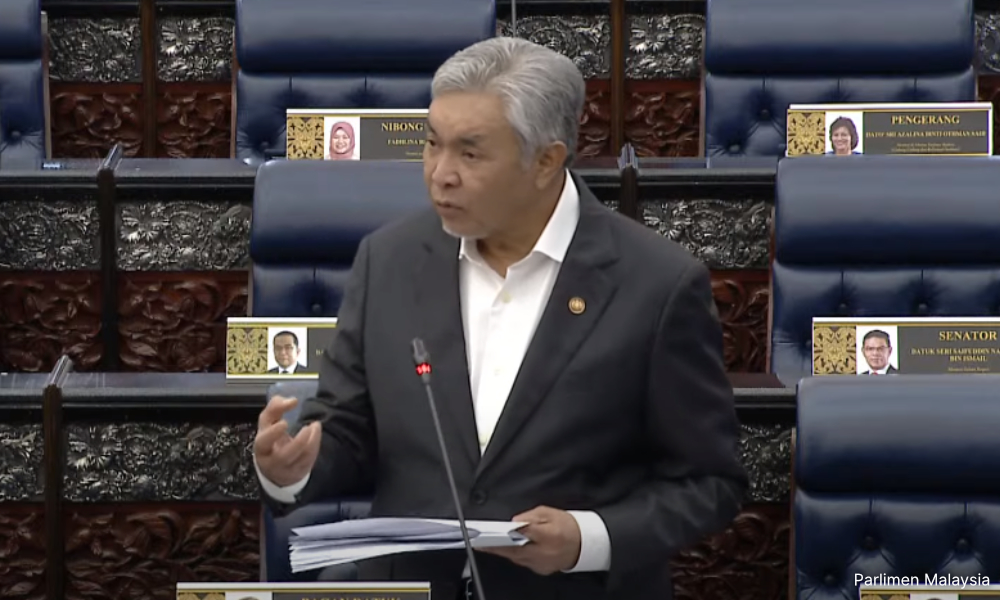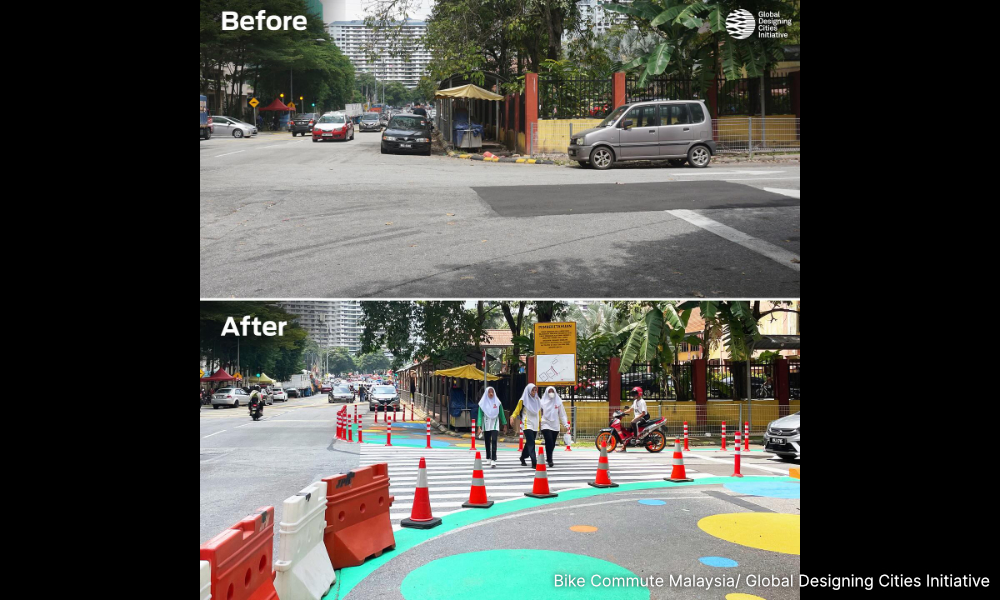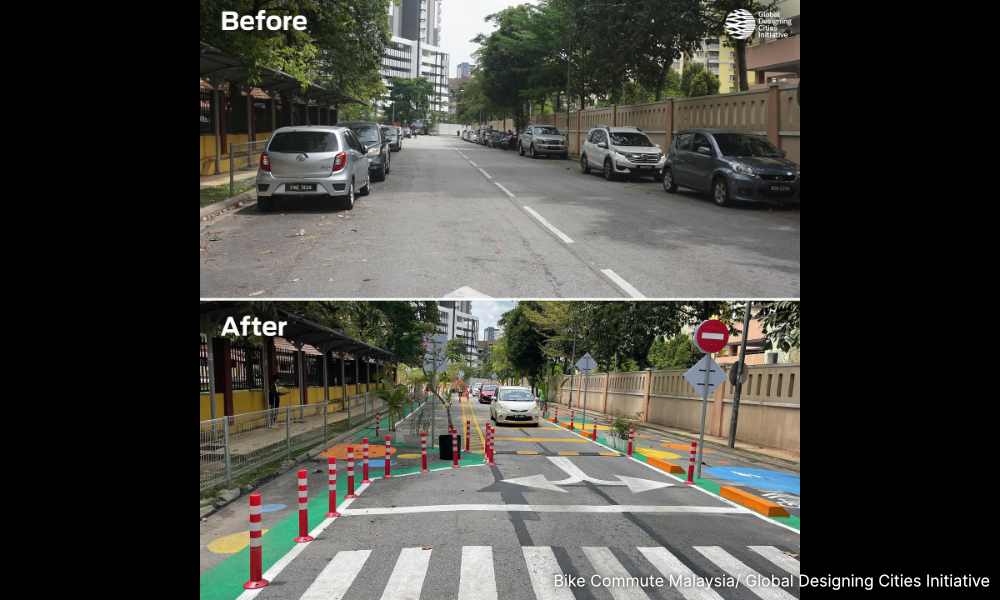LETTER | Include safer street design in school zones
LETTER | Schools are a major part of a child’s life and it needs to be a safe environment, both inside and around the compound.
Thus, as an organisation which advocates for safer streets, Bike Commute Malaysia is thrilled by the Cabinet Committee on Road Congestion and Safety’s decision to cap speed limits around school zones to an enforceable 30 kilometres per hour.
Its chairperson, Deputy Prime Minister Ahmad Zahid Hamidi announced the policy change’s goal is to make streets safer around school zones.
It would also include physical road changes like adding speed bumps by local authorities and schools. He also revealed that a shocking 67 children were killed annually, on average, around school zones over the past 10 years.
Building on this, we implore the government to implement several additional measures as part of the mandatory 30 km/h speed limit around schools.

Firstly, a specific enforceable fine is key to ensuring this policy is taken seriously.
The current 30 to 35 km/h speed limits around schools prescribed by the Road Transport Department are merely guidelines, thus “advisory” and unenforceable.
While the effectiveness of regulation hinges on strict and consistent enforcement, in creating safer streets, we cannot rely on enforcement alone.
We strongly believe in self-enforcing streets through safer street design to reduce speeds. As studies have shown, signage does not impact road user behaviour. Instead, creating streets that prevent drivers from speeding is key to saving lives on our streets.
Pilot projects in KL
Referencing the pilot school project at SK Danau Kota 2, Taman Danau Kota, Kuala Lumpur, DBKL has already implemented a safer school street through design.
Supported by the Global Designing Cities Initiative (GDCI), several design measures were implemented such as introducing raised crossings and reducing lane widths to slow vehicles down.
In addition to speed bumps, as suggested by the DPM, measures taken include raised pedestrian crossings and narrower lane widths, which naturally reduce vehicle speeds while creating more space for children to walk.
Crossing distances were also shortened by extending the curb corners at intersections, minimising the time children are exposed to traffic and ensuring a safer journey to and from school.

These live-saving designs were kept at a low cost for SK Danau Kota 2, as an interim approach was taken in narrowing the street using flexible poles and curbs.
Comprehensive design techniques using visual and other sensory inputs to signal to drivers that they are entering an interactive, multimodal space. On the SK Danau Kota 2 street, bright colours were painted on the street, creating a fun and bold patterned street, while the use of plants also acts as a visual signal to drivers.
This more holistic approach to safer speeds improves both the safety and experience of those using the street at school zones.
In the case of the Setapak school, this resulted in an observed increase in pedestrian and bicycle traffic, which can potentially address the issue of congestion in school zones.

Bike Commute Malaysia is pleased that Zahid has highlighted the importance of safer streets in school zones, and is committed to lowering the speed limit to 30 km/h.
We hope that the authorities will also consider other speed management measures, especially through effective street design interventions.
Speed limit reduction in school zones must include safer street design.
The views expressed here are those of the author/contributor and do not necessarily represent the views of Malaysiakini.
RM12.50 / month
- Unlimited access to award-winning journalism
- Comment and share your opinions on all our articles
- Gift interesting stories to your friends
- Tax deductable
